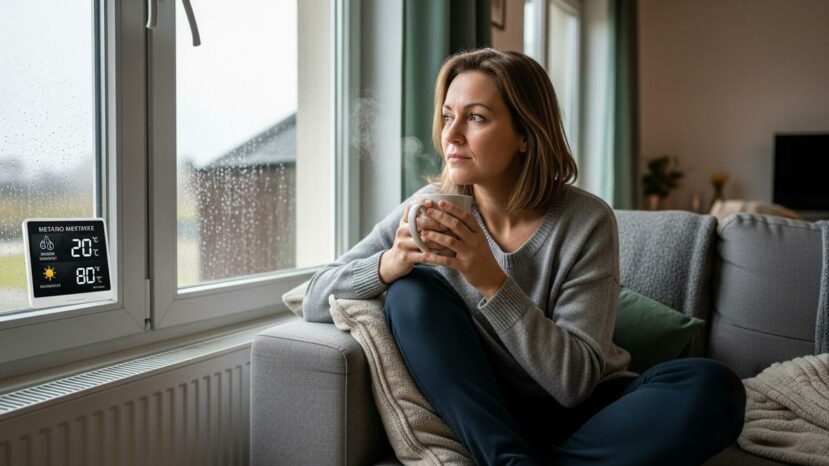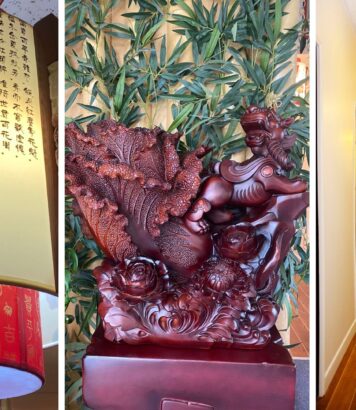Heating: switch on at the right time to avoid damp and keep your bills under control

Should you turn on the heating when summer is dragging on, or when autumn is dragging on? The question comes up every off-season, with its share of morning chills and damp apartments. First, let’s take stock of how to reconcile comfort, health and bills.
Turning on the heating in winter: comfort or unnecessary expense?
When the weather plays yo-yo, we hesitate. Sometimes two days of rain and a cold wind are enough to bring down the indoor climate. So turning the heating back on briefly can prevent dampness and colds.
Cost remains the number one fear. However, a short, targeted start-up can be less expensive than a
The type of housing changes the situation. In a well-insulated apartment, heat is maintained better. On the other hand, an old, poorly insulated house quickly loses degrees, and “kick-start” heating makes sense sooner.
“When the house stays cold and damp for two days in a row, a short restart avoids the long-lasting cold.”
Humidity, health and simple gestures
Humidity makes you feel colder. First, ventilate for ten minutes, even if it’s raining lightly, to renew the air. Then, gentle heating brings the interior back into balance without overheating.
Ventilation is just as important as temperature. In addition, check the ventilation system and clear the extract vents. In this way, you’ll avoid condensation on the walls, even before taking action on the heating.
- Air briefly in the morning and evening to remove moisture.
- Close blinds and curtains as soon as it gets dark.
- Check window and door seals.
- Program short periods rather than continuous heating.
- Keep an eye on hygrometry; aim for 40-60%.
Intelligent costs, energy and settings
The price of energy means you have to make the right choices. That’s why it’s a good idea to use the “eco” functions and frost protection modes when it’s only cool for a short time. In this way, you can take advantage of efficiency without having to run a long heating period.
A thermostat helps you stay sober. Then program targeted time slots in the morning and evening, when the feeling is lowest. This way, you can smooth out peaks without re-starting the boiler all day long.
Maintenance saves “free” degrees. In addition, bleed the radiators, dust the grilles and test the system before winter. Many technicians recommend a 15-minute test every month to avoid pump or valve blockages.
Special cases: children, seniors, teleworking
Not everyone’s needs are the same. For example, young children, the elderly and frail people have difficulty coping with cold, damp air. In these situations, a little preventive heating reduces discomfort.
Telecommuting also changes the equation. Moreover, heating only the office, with the door closed, limits the expense. Then, a plaid and a hot drink complete the picture without replacing a decent temperature.
When to light, how to optimize
Rely on simple benchmarks. If the indoor temperature falls below
Before you press “ON”, consider the alternatives. For example, close the shutters early, caulk stray air intakes and run a dehumidifier if necessary. On the other hand, don’t let the house cool down to the point where you have to turn the heating back on hard.
Technology can help. Nowadays, a heat pump works best in mild weather, making the off-season an ideal time for fine-tuning. As a result, you stay in control without having to rely on continuous heating.





No comments
Post a comment
Always participate in accordance with the law and with respect for others.